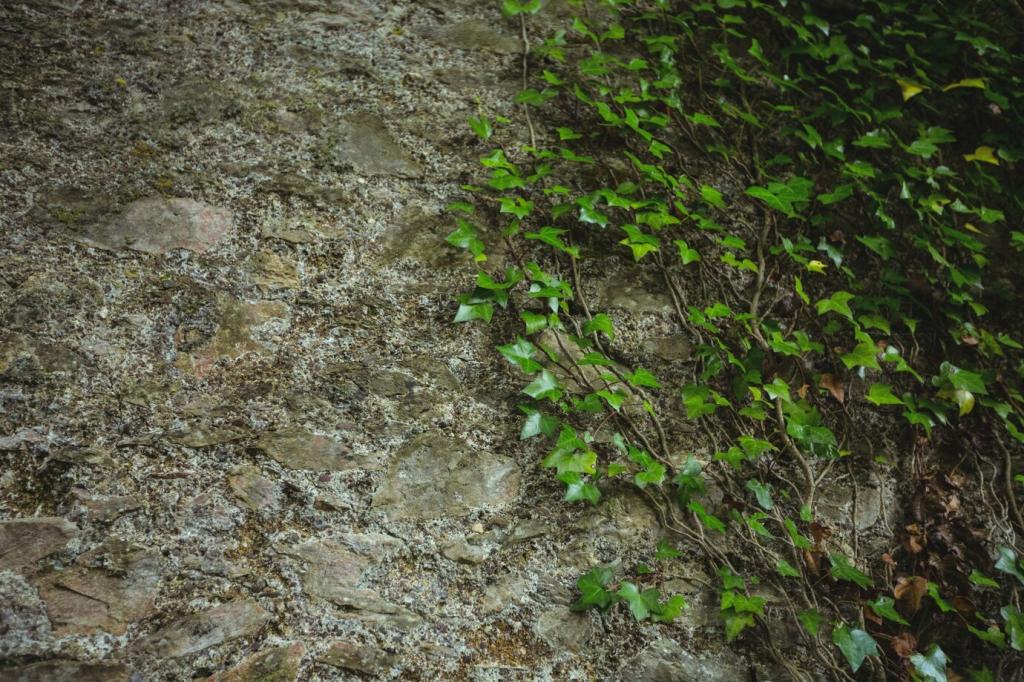Why Choosing Non-Toxic Matters
Non-toxic adhesives and sealants help reduce volatile organic compounds, so your projects don’t leave rooms smelling like a lab. Better air means clearer heads, happier pets, and fewer headaches during long, detailed builds.
Why Choosing Non-Toxic Matters
When kids learn, they touch everything. Safer glues and sealants make classrooms, nurseries, and maker clubs more welcoming, keeping sticky fingers away from solvents while still delivering strong, reliable bonds for learning projects.






